Categories
- animatronics (12)
- apple (11)
- arduino (179)
- art (41)
- articles (121)
- artificial intelligence (11)
- automation (421)
- avr (205)
- bitcoin (3)
- breadboard (9)
- cameras (57)
- cars (26)
- cell phones (28)
- clothing mods (21)
- console mods (26)
- dangerous (94)
- desktop mods (24)
- embedded (5)
- flying things (54)
- fpga (22)
- gaming creations (108)
- interface (225)
- internet (17)
- laptop mods (6)
- lasers (22)
- linux (7)
- magnetic (3)
- medical (12)
- microcontrollers (51)
- misc projects (152)
- msp (12)
- music (124)
- pic (90)
- projects (23)
- pyroedu (76)
- raspberry pi (26)
- robots (312)
- security (36)
- sensors (307)
- software (200)
- solar (19)
- stamp (9)
- tools (149)
- tutorials (98)
- Uncategorized (45)
- usb (44)
- wireless (256)
Sponsors

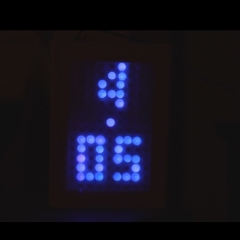
Posted May 6, 2015 by Chris
"Chlonos is an electronic gadget with a brain, a display, some sensors and a voice. It’s something interesting to put on your wall. It can measure temperature and light, it keeps track of the time and will tell you about it all."

Posted April 9, 2015 by Chris
"I developed this WSN for a coursework on my MSc and I’m hoping others will find this useful or at least interesting 🙂 I’ve just installed the first parts of this WSN back home to collect sensor data from various outbuildings and it will be part of my new Arduino controlled greenhouse project. I’ll try to port the storage and reporting backend to a Raspberry Pi later this week, initial trials seem to suggest that it should cope well with this task for my size of network."
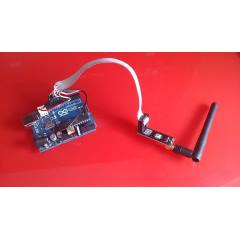
Posted April 5, 2015 by Chris
"The presented home monitoring system consists of a star like structure of wireless nodes. This means that one node, the main node, collects information from the other nodes and forwards them to Raspberry Pi. The other nodes act just like wireless sensors – periodically measure physical values around the flat and send the measurements to the main node. "
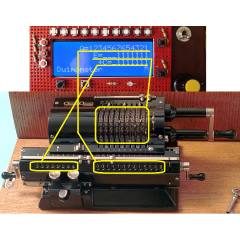
Posted April 1, 2015 by Chris
"The Odhner Arithmometer was a very popular pinwheel calculator invented in Russia in 19th century by a Swedish immigrant called W. T. Odhner. Like most of pinwheel calculators, it worked with an engine formed by a set of linked wheels which could perform the four basic mathematical operations within a machine of reduced size."
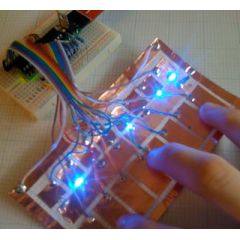
Posted March 1, 2015 by Chris
"Capacitive sensor is a technology sensing proximity position based on capacitive coupling. There are many different methods for producing a capacitive sensor. A simple one way to form an on-off output is by using two layers and a spacer in between. Through a voltage to conductive objects causes positive and negative charges to collect on each object."
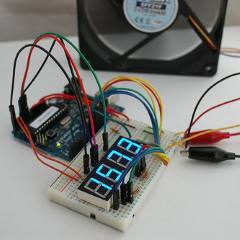
Posted February 24, 2015 by Chris
"This project describes how to read the speed of a PC fan using Arduino board. It’s a good introduction to reading pulse duration and driving 7 segment led displays on Arduino. The text is written in Japanese but the link below will auto-translate to English."
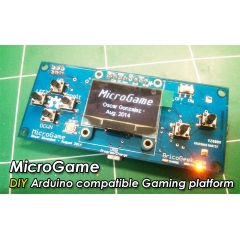
Posted February 9, 2015 by Chris
"The MicroGame is an experiment of making a custom portable platform for gamming compatible with Arduino. It’s based on a small monochrome 128×64 pixels OLED from Adafruit and a ATmega32U4 8-bits microcontroller running at 8MHz. All hardware design and game source code is writed from scratch by me."
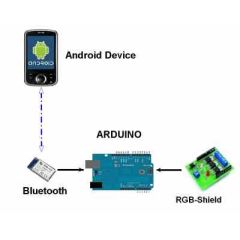
Posted February 3, 2015 by Chris
"Here’s an application to control the brightness of an RGB LED strip wirelessly (via Bluetooth) using a smartphone. The whole project is presented in a dedicated Bluetooth shield for Arduino and a RGB shield."
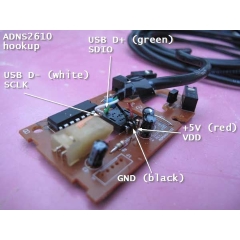
Posted January 29, 2015 by Chris
"If you open a common optical mouse you will most likely find two chips inside — one being a general purpose micro-controller and the other an optical mouse senor. The sensor captures images of the surface below the mouse at high frame rate. It uses captured images to calculate the displacement the mouse is moved over time. Incidentally, it is also able to provide the raw image data. "
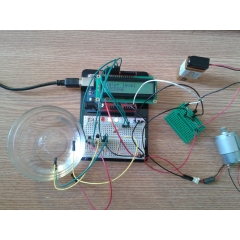
Posted January 6, 2015 by Chris
"Here is a tested Arduino project that uses 3 sensor probes as water level indicator with 3 leds and one LCD display + a simple controller that turns on a motor when the water has reached the desired level. You can use only the leds if you want, the lcd is optional."






